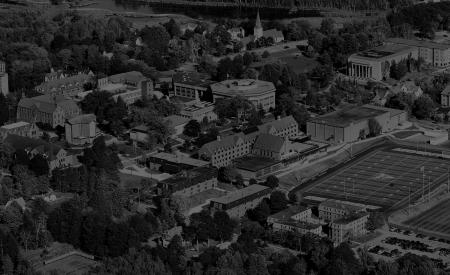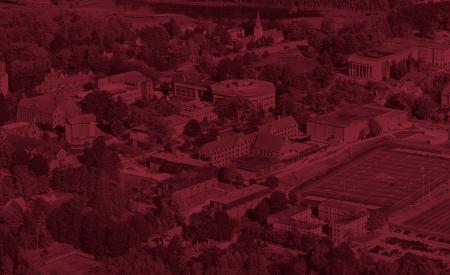91Ęę» Fine Arts class captures individual COVID-19 experiences through digital photos
assistant professor Karen StentafordŌĆÖs second-year photography class was busy preparing their final portfolios for the term when the COVID-19 global pandemic hit.
ŌĆ£This particular photography classŌĆÖ schedule is very much rooted in the darkroom during the Winter term,ŌĆØ she says. ŌĆ£So, we came up with a Plan B.ŌĆØ
Stentaford instead created a digital photography assignment for the class. Students were encouraged to document their COVID-19 experience using only their cellphones and create a visual diary of this time.
ŌĆ£We use our phones all the time but the intention was to use them in a different, more meaningful way for the assignment, without adding additional stress for anyone,ŌĆØ says Stentaford. ŌĆ£We knew everyone in the class had a cellphone so they could participate without the needing to access more equipment.ŌĆØ
Students made daily photos capturing their experiences over a two-week period. They then selected between 12-15 images to submit.
 Dylan Johnson, who just completed his second year as a Fine Arts student, participated in the photo assignment from his home in Riverview, NB. Johnson moved home when the UniversityŌĆÖs classes moved online in March to complete the Winter term. Along with finishing his studies for the year, Johnson has also been working full-time at a grocery store.
Dylan Johnson, who just completed his second year as a Fine Arts student, participated in the photo assignment from his home in Riverview, NB. Johnson moved home when the UniversityŌĆÖs classes moved online in March to complete the Winter term. Along with finishing his studies for the year, Johnson has also been working full-time at a grocery store.
ŌĆ£I took most of my photos during my commute to work, walking to and from the grocery store,ŌĆØ he explains. ŌĆ£It was an interesting way to reflect on my experience, being in isolation but also continuing to work in a public space.ŌĆØ
Annika Sinclair of Halifax, NS completed her assignment from home with her family.
ŌĆ£Once I arrived home from school I immediately began documenting my surroundings, particularly the rest of my family. My family has always been a focus in my photography, so it felt natural to incorporate them into my final,ŌĆØ says Sinclair. ŌĆ£I wanted to accurately document how their lives were impacted by the current situation and how they coped with everything. My goal for the final was to tell a story of my family during isolation and their altered daily routines.ŌĆØ
 Sinclair says the process was different from her usual method, even though her family are regular subjects of her work.
Sinclair says the process was different from her usual method, even though her family are regular subjects of her work.
ŌĆ£Instead of simply taking a photo at random, I was paying closer attention to my family members and what exactly they doing.This project helped me to pay closer attention to my family and their routines,ŌĆØ she says. ŌĆ£It was interesting to see how quickly they all adapted to the first few weeks of isolation and how well they were all able to cope with it.ŌĆØ
While Stentaford focused on a modern form of photography for her classesŌĆÖ assignment, she has also used this time to capture her own COVID-19 experiences using a historical method, tintype  photography. Tintypes, one of the first kinds of photography, were used in the 1800s and early 1900s and are photographs produced on a thin metal plate with a protective lacquer or enamel.
photography. Tintypes, one of the first kinds of photography, were used in the 1800s and early 1900s and are photographs produced on a thin metal plate with a protective lacquer or enamel.
Her work was recently featured on the front page of The Washington Post and on The Daily Show with Trevor Noah. Stentaford was interviewed about New BrunswickŌĆÖs household ŌĆśBubbleŌĆÖ system and shared her own experience about pairing up with another household during the pandemic, which was entirely made up of Allisonians ŌĆö Stentaford (ŌĆÖ99), Jamie Burke (ŌĆÖ01), and Chris Rice (ŌĆÖ06) and April Mandrona (ŌĆÖ06).
ŌĆ£Tintype photography and its process is all about slowing down. I love this type of photography and it seemed fitting to use this method of image making to reflect on and process our current situation as a whole during the COVID-19 pandemic,ŌĆØ says Stentaford.
Photo credits (in order posted): Dylan Johnson, Annika Sinclair, and Karen Stentaford



